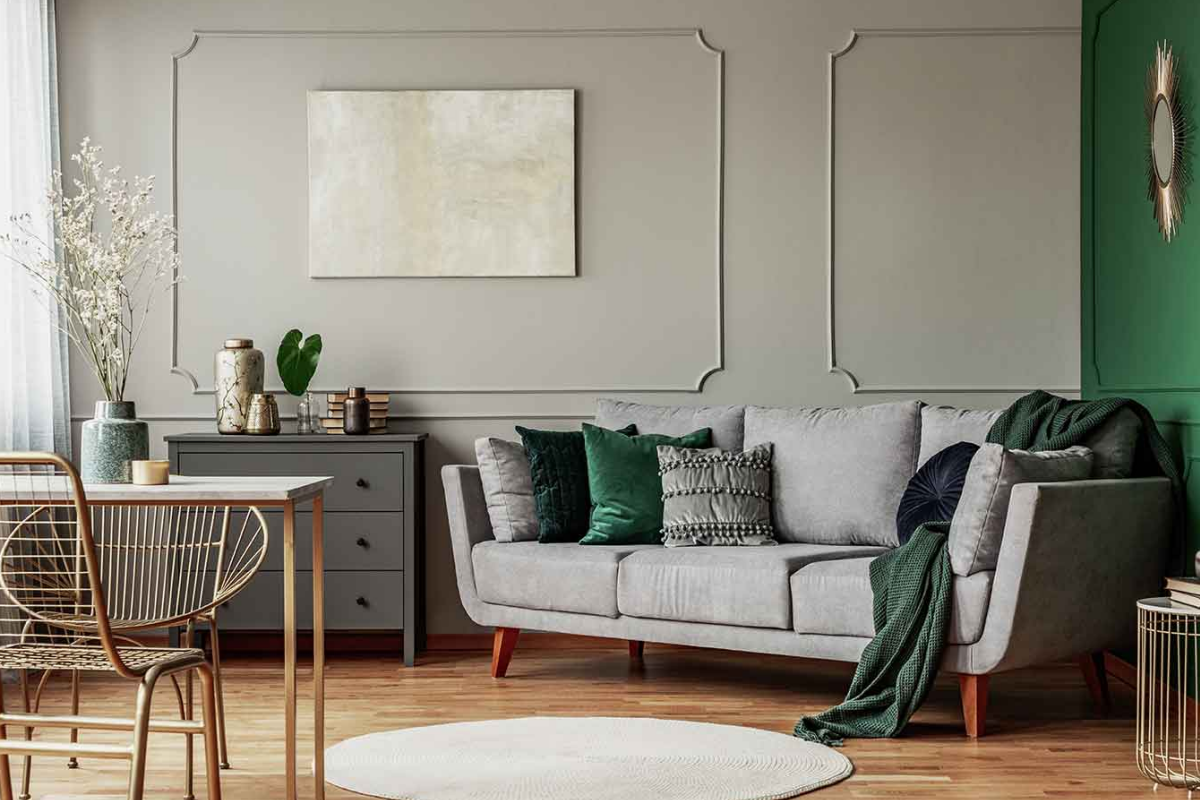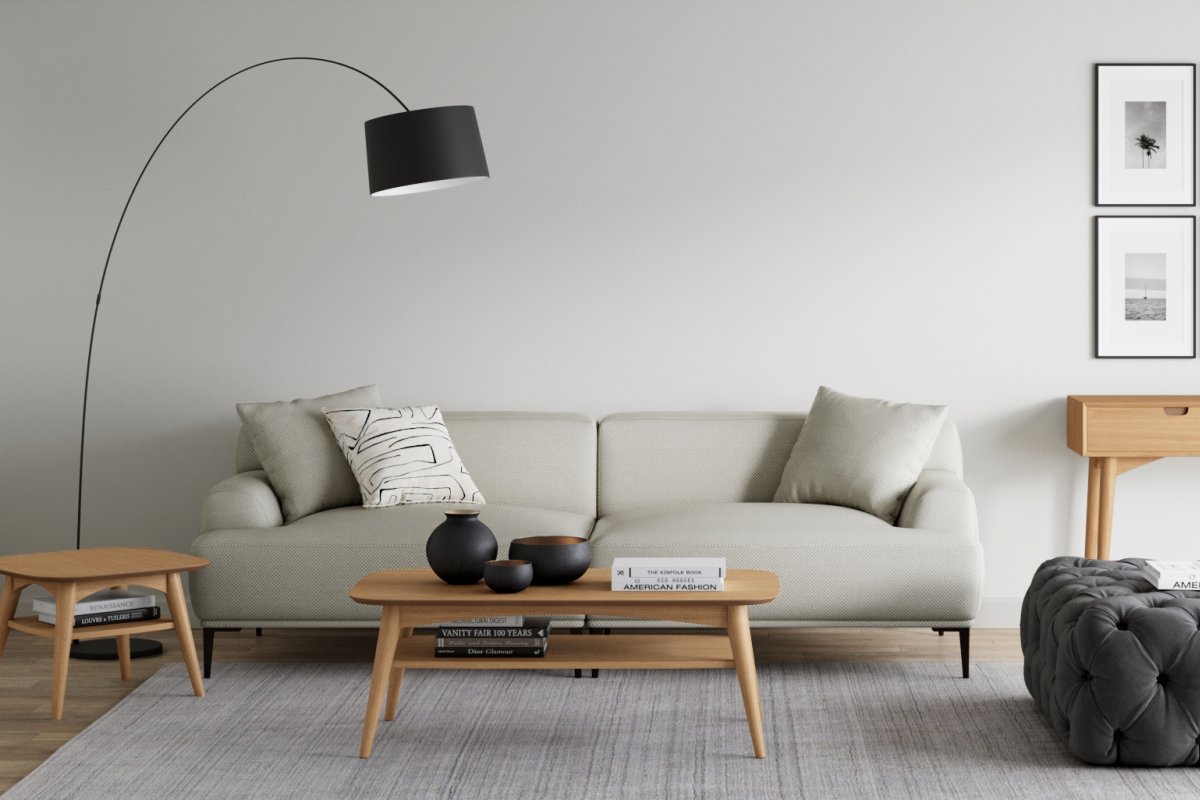Introduction
Footstools refer to the small tables that are used to raise shoes or feet of the chair. However, a footstool is not limited to this use and can refer to other objects that come in contact with the ground, such as a ladder.
Footstools can be made from many different materials including wood, metal, or even plastic. They are often less than 20 inches high and are typically movable so they can easily be placed in areas where they will be needed most.
Factors to consider when buying a footstool
1. Design
Footstools can come in many different designs, shapes, and styles. The design most commonly found is similar to a stool or chair with the addition of a foot or two. Other designs include arches or banisters over the staircases, such as in a church parlor.
2. Material
Wooden footstools are usually the cheapest type available, but they are also usually heavier than other materials such as plastic. Plastic footstools are more affordable and can be found in a variety of colors. They are also sturdy when compared with wooden footstools.

3. Purpose
The purpose of the footstool is usually to provide support while feet or shoes are being changed in a chair or stool. Oftentimes, it is installed in a public area where animals will step on them, such as the kennel at a veterinarian’s office or dog parks.
4. Configuration
There are several ways in which footstools can be configured.
-The most common configuration of a footstool is the traditional wheelchair or chair position, with the seat height quite low and the footstool standing at or above that height.
-Another type of configuration is the style where a raised position is only for one person, such as for an elderly person with long legs.
-Another configuration is the standing footstool that is low enough to rest on.
-The last configuration is the double-decker configuration that works well in places such as an airport or theaters where people have a lot to rest on them.
Conclusion
Footstools can be used in many ways and to support a variety of people. It is important to choose the perfect height and how it will be used, as well as the material and purpose.

